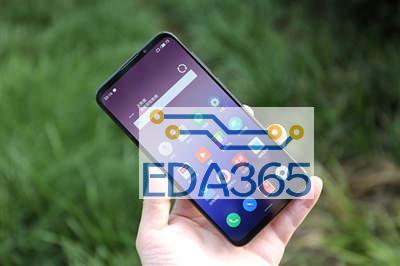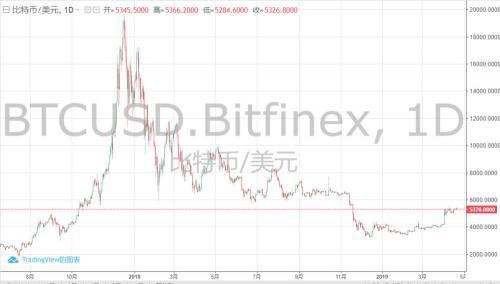The roots of DSP are in the 1960s and 1970s when digital computers first became available. Computers were expensive during this era, and DSP was limited to only a few critical applications. Pioneering efforts were made in four key areas: radar & sonar, where national security was at risk; oil exploration, where large amounts of money could be made; space exploration, where the data are irreplaceable; and medical imaging, where lives could be saved.
The personal computer revolution of the 1980s and 1990s caused DSP to explode with new applications. Rather than being motivated by military and government needs, DSP was suddenly driven by the commercial marketplace. Anyone who thought they could make money in the rapidly expanding field wassuddenly a DSP vendor. DSP reached the public in such products as: mobile telephones, compact disc players, and electronic voice mail. Figure 1-1 illustrates a few of these varied applications.
This technological revolution occurred from the top-down. In the early 1980s, DSP was taught as a graduate level course in electrical engineering. A decade later, DSP had become a standard part of the undergraduate curriculum. Today, DSP is a basic skill needed by scientists and engineers
FIGURE 1-1
DSP has revolutionized many areas in science and engineering. A
few of these diverse applications are shown here.
in many fields. As an analogy, DSP can be compared to a previous technological revolution: electronics. While still the realm of electrical engineering, nearly every scientist and engineer has some background in basic circuit design. Without it, they would be lost in the technological world. DSP has the same future.
This recent history is more than a curiosity; it has a tremendous impact on your ability to learn and use DSP. Suppose you encounter a DSP problem, and turn to textbooks or other publications to find a solution. What you will typically find is page after page of equations, obscure mathematical symbols, and unfamiliar terminology. It's a nightmare! Much of the DSP literature is baffling even to those experienced in the field. It's not that there is anything wrong with this material, it is just intended for a very specialized audience.
State-of-the-art researchers need this kind of detailed mathematics to understand the theoretical implications of the work. A basic premise of this book is that most practical DSP techniques can be
learned and used without the traditional barriers of detailed mathematics and theory. The Scientist and Engineer’s Guide to Digital Signal Processing is written for those who want to use DSP as a tool, not a new career.
The remainder of this chapter illustrates areas where DSP has produced revolutionary changes. As you go through each application, notice that DSP is very interdisciplinary, relying on the technical work in many adjacent fields. As Fig. 1-2 suggests, the borders between DSP and other technical disciplines are not sharp and well defined, but rather fuzzy and overlapping. If you want to specialize in DSP, these are the allied areas you will also need to study.
FIGURE 1-2
Digital Signal Processing has fuzzy and overlapping borders with many other
areas of science, engineering and mathematics.
『本文转载自网络,版权归原作者所有,如有侵权请联系删除』
 热门文章
更多
热门文章
更多









